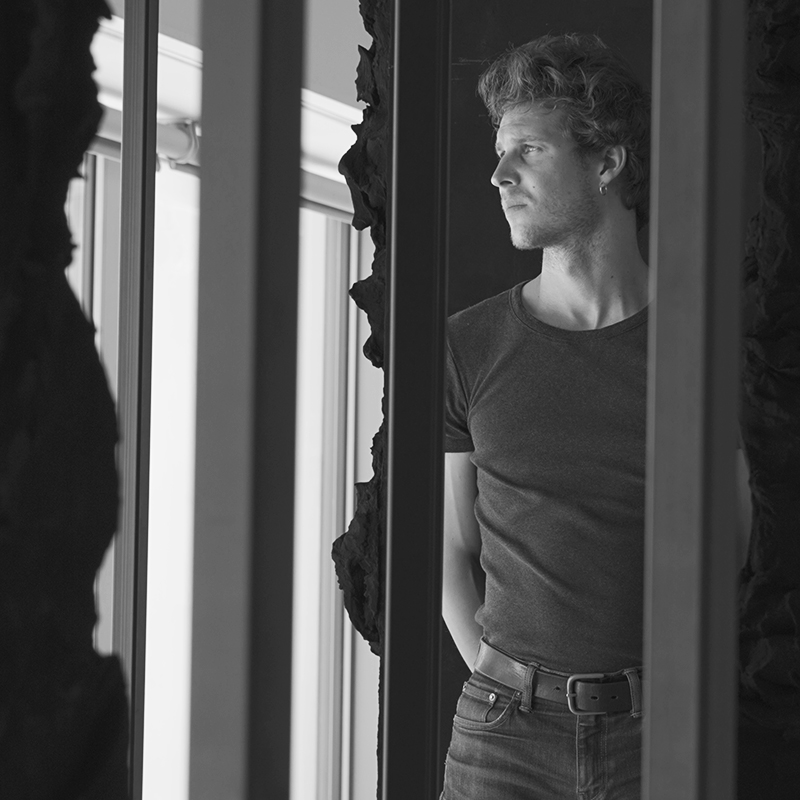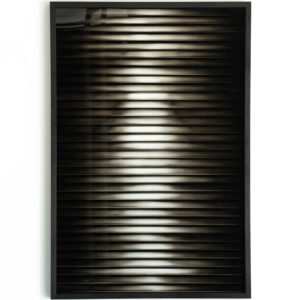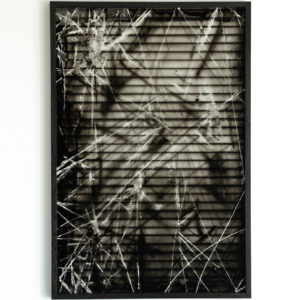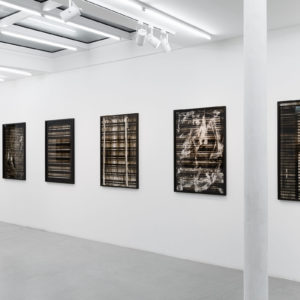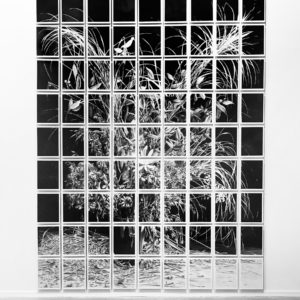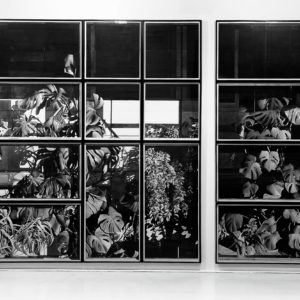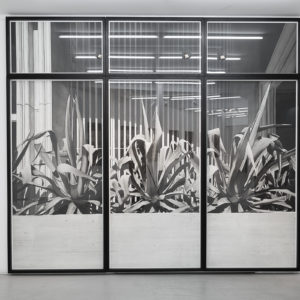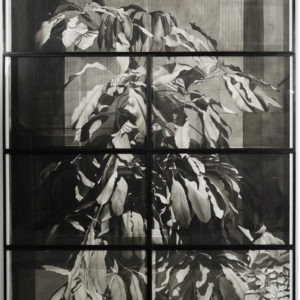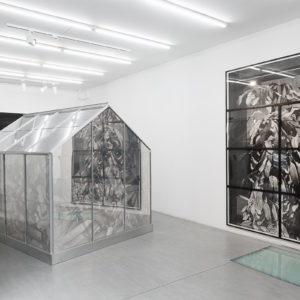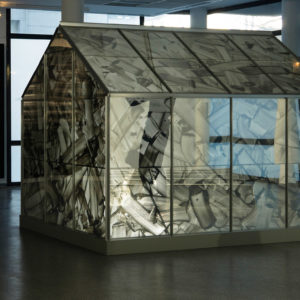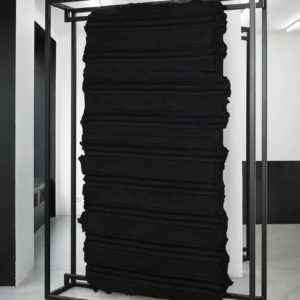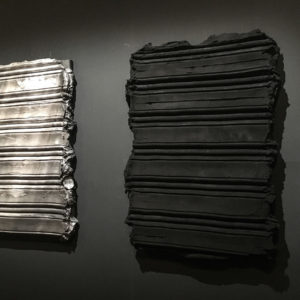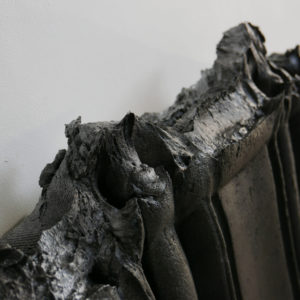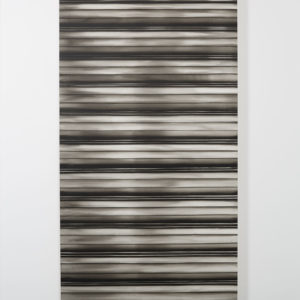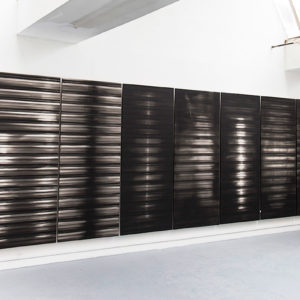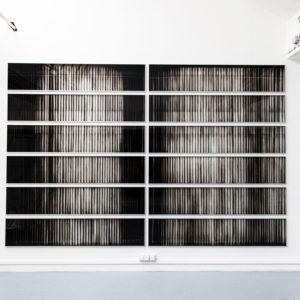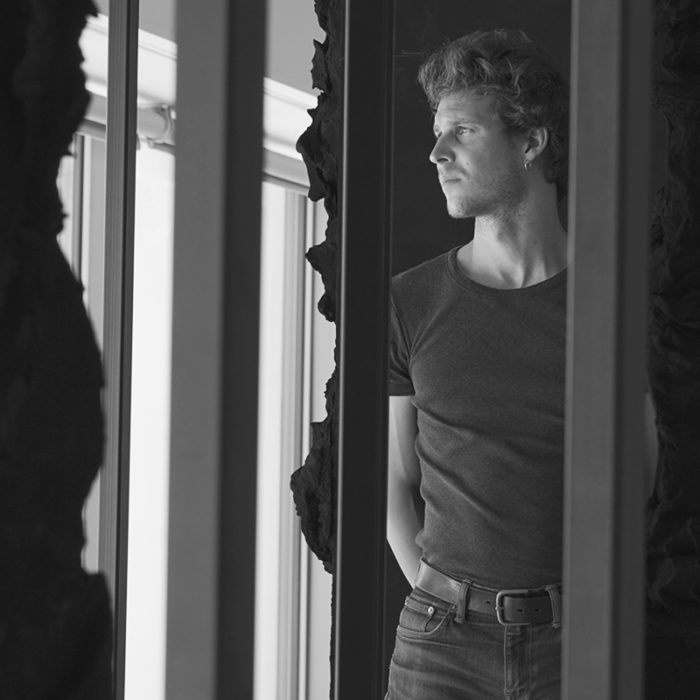Born in 1990 in Paris.
Lives and works between Paris and Nantes.
2017 DNSAP École Nationale Supérieure des Beaux-Arts de Paris with honors
2015 DNSEP École Supérieure des Beaux-Arts de Nantes Métropole
2013 DNAP Ecole Supérieure des Beaux-Arts de Nantes Métropole
SOLO EXHIBITIONS
2022
« Operire#8», Galerie Malenie Rio Fluency, Nantes
2021
« Dédale / L’espace en perspective », Le Cellier, Reims, France
« Operire#7 », Galerie Malenie Rio Fluency, Nantes
2020
« Operire#6 » – Couvrir, recouvrir, cacher, dissimuler, Galerie RDV, Nantes, France
« Operire#5 » – Couvrir, recouvrir, cacher, dissimuler, Galerie PARIS – B, Paris
2019
« Operire#4 », Galerie Mélanie Rio Fluency, Nantes
2017
« Operire#3 », Beaux-arts de Paris, Atelier Gauthier, Paris
« Operire#2 », Lauréat CRAC, salle Jean Morlet, Champigny-sur-Marne
« Operire », Haus, Blockhaus DY10, Nantes
GROUP EXHIBITIONS
2022
« Les étoiles s’éteignent a l’aube », Galerie Melanie Rio Fluency, Nantes
« Scrollophage », Haos Galerie, Rencontres d’Arles, Arles
2021
« Itinérance », Académie des Beaux-Arts, Institut de France, Paris
2020
Festival ¡ Viva Villa ! 2020, Collection Lambert, Avignon, France
« En Chantier », Haos Galerie, Nantes
« COSMOPOLIS », Galerie Joseph, Paris
« Arco », ArtsLibris, Madrid
« Atelier Velazquez », Carte blanche aux artistes de la Casa de Velazquez, Galerie Lou & Loo, Paris
2019
« Galeristes », Carreau du Temple, Galerie Provost-Hacker and Galerie Roméro Pierini, Paris
« Aux Sources des Années 80. Eighties & Echoes », Musée de l’abbaye Sainte Croix, Les Sables d’Olonne
« Tout doit disparaitre », Galerie Provost-Hacker, Lille
« Chambre 107 », Le Voyage à Nantes, Océania Hôtel de France, Nantes
« Drawing Now », Carreau du Temple, Galerie Provost-Hacker, Paris
« On View », Galerie Vitrine 65, curator Henri Guette, Paris
« Decade », Galerie Joseph, Curators: Guido Pierini and Clara Pagnussatt, Paris
2018
« Galeristes », Carreau du Temple, Galerie Provost-Hacker, Paris
« Le cœur des collectionneurs ne cesse jamais de battre », L’Atelier, Nantes
« Art delivery #2 » , Open School Galerie des Beaux-arts, Nantes
« Décadence », Franklin AZZI, Double Séjour, curator Thomas Havet, Paris
« Felicità », Palais des Beaux-Arts de Paris, Paris
« Prix du dessin contemporain », Beaux-Arts de Paris, Galerie Droite, Paris
« Art Fair / Art Paris », Grand Palais, School Gallery, Paris
« Prix Pierre David-Weill», Académie des Beaux-Arts de Paris, Paris
« 100% Beaux-Arts », La Villette, Grande Halle de La Villette, Paris
« 5mm par Heure», L’Atelier, Lauréats du Prix des Arts Visuels de la ville de Nantes, Nantes
2017
« Paysages, pas si sages » Biennale d’Issy, Issy-Les-Moulineaux
« La jeune création dans l’art contemporain », Biennale de Mulhouse
« The Big Mosaïc », Kimonos Art Center, Paphos 2017 Capitale Européenne de la Culture, Chypre
« Prix Pierre David-Weill », Académie des Beaux-Arts de Paris, Paris
« Une Collection #3 », FrenchArt, Paris
Tom GreyHound Paris, à l’occasion de la Fashion Week, Paris
2016
«Never Let Me Go », duo exhibition avec Chiharu Shiota, Galerie Hervé Lancelin, Luxembourg
« Luxembourg Art Week », Galerie Hervé Lancelin, Luxembourg
« The Market », Galerie Half Image, Shanghai, China
«Tout en Tourment », Le Carré, FrenchArt, Vincennes
«15ème Biennale d’Arts Actuels », CRAC Champigny, Champigny-sur-Marne
« Vidéoformes », Clermont-Ferrand
«Transmission », Montreuil
2015
« On est là pour voir le défilé », Atelier Alain Le Bras, Nantes
« Le clou », L’Atelier, Nantes
« Novembre à Vitry », Galerie Municipale Jean Collet, Vitry
« Ubiquité », Galerie Loire – Ecole d’Architecture de Nantes, Nantes
« Projection », Espace Kiosko, Nantes
2014
« On n’ est pas là pour se faire engueuler », Atelier Alain Le Bras, Nantes
« Inauguration de la galerie Hervé Lancelin », Luxembourg
« Novembre à Vitry », Galerie Municipale Jean Collet, Vitry
« Deutsh Süd-Koreanische Freundschaft », Galerie Dulcie September, Esbanm, Nantes
« Jeune Création », La Chapelle Bonne Nouvelle, Melgven
2013
« Prix Art School » Galerie 59 Rivoli, Paris
« Novembre à Vitry », Galerie Municipale Jean Collet, Vitry
« Transcendance », Festival, Loire-Atlantique, Nantes
PUBLIC COLLECTIONS
2020
Artothèque – Nantes
2019
Mairie de Champigny-sur-Marne
Collection du cabinet des dessins Jean Bonna, Beaux-Arts de Paris
2016
Artothèque, Nantes
AWARDS & RESIDENCIES
2021
Winner, Prix Beaux-arts de Paris / Collection Société Générale
2020
Winner, Prix Cogedim/Beaux-arts pour l’ancienne maison d’arrét de Nantes
2019
Casa de Velazquez, Member of Académie de France in Madrid, 2019/2020
Nominated, Prix Chaumet, Beaux-Arts de Paris
2018
Winner, 1% artistique, SNC Champigny La Boulonnerie et La ville de Champigny sur Marne
Winner, Aide Individuelle à la Création, DRAC de Pays de la Loire
Nominated, Prix du dessin contemporain des Beaux-Arts de Paris
Mention, Prix Pierre David-Weill, Académie des Beaux-Arts de Paris, Institut de France, Paris
2016
Winner, Bourse Diamond, Ecole Nationale Supérieure des Beaux-Arts de Paris
Winner, 15ème Biennale d’Arts Actuels, CRAC, Champigny sur Marne
Winner, Prix des Arts Visuels, Ville de Nantes
2014
Nominated, Novembre à Vitry
2013
Second Price, Prix Art School, Paris
Winner, Prix Régional du concours «Masque» Crous de la Loire Atlantique
-
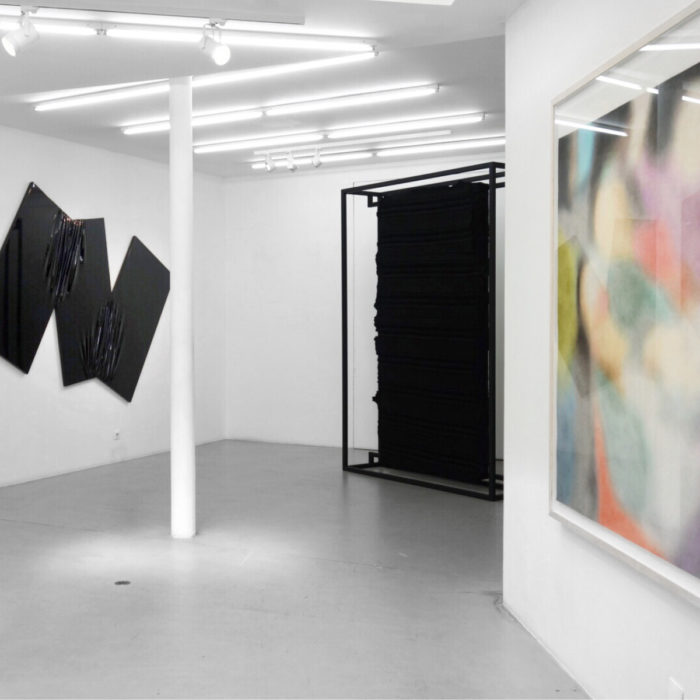
Group show
WHAT YOU’VE MISSED …
05/25/2020 - 07/25/2020 -
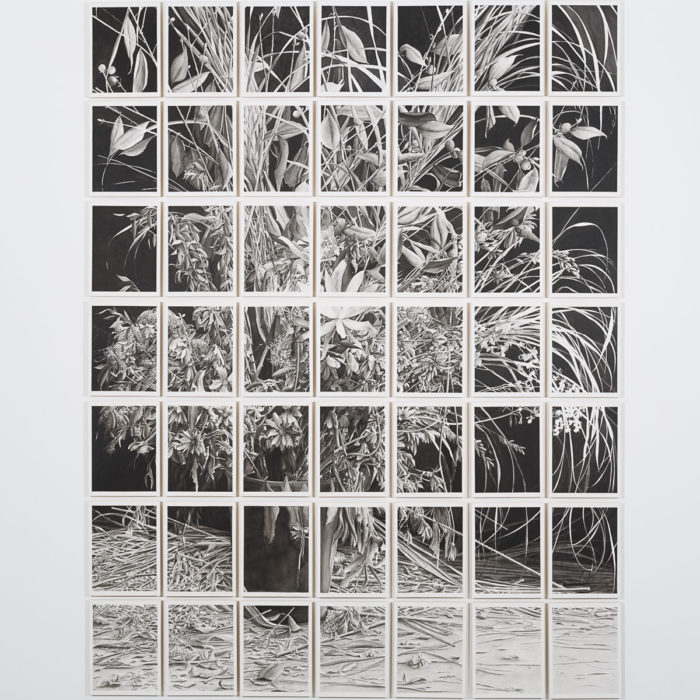
Justin Weiler
Operire #5 – Couvrir, recouvrir, cacher, dissimuler
01/30/2020 - 05/16/2020
Justin Weiler, the spectacle of modern life
— by Marion Zilio
Justin Weiler’s work finds its place within the tension of the borderline between interior and exterior space, between contemplation and domestication, between utopia and dystopia. The surfaces weave a motif that becomes a pattern. Awnings, greenhouses, screens, iron store shutters, plants and bouquets of flowers obey a stratified frontality, like metaphors rendered in the layers of ink swept repetitively across the surface of the piece.
For his first solo exhibition at Galerie Paris-Beijing, Justin Weiler invites us to wander through the inside of an exhibition greenhouse composed of interlocking systems. The gallery becomes the den behind every threshold, a space for meandering within the interstices around an arrangement of opaque windows, monolithic black extruded walls and a backlit glasshouse. Weiler further develops a protocol that he himself has fixed: Operire#5 pursues his tireless gesture of covering. He covers, re-covers, conceals, hides, and consequently reveals through masking. When the gesture becomes persistent and obstinate, or passes meticulously or nervously over the preceding layer, he enhances it while simultaneously removing a thin deposit.
Opérire was born in the depths of a bunker. Confronted with the feeling of oppression under the density and brutality of cement, Weiler responds to this frontality through contrast. The “iron curtain” – an expression made popular by Churchill – has become a pretext for Weiler to create a play between material and light, whose effects on the façades dilate in the retinal blackness. The surface seems pierced by a halo of light, which gives these oppressive striations an intense vibration. The coldness of the metal and its iterative resonances open the space little by little, liberating the grate from a unilateral reading.
In the series Screen, the artist substitutes glass plates with Arches paper. Here, the material base participates in the mise en scène, inviting the walls of the gallery to reveal reserves of white like a photogram or a photographic negative. The motif dilates and each passage of black or Meudon white materializes a thickness that extends outwards in a play of transparency and opacity. It is again this desire to extend – both plastic and temporal – that is at work in the monumental Bouquet pour Annie. Realized over nearly three years, the drawing is presented in the form of a grid composed of 81 frames behind which a bouquet of flowers grows and withers. A contemporary vanity, the work creates a sort of alter that unfolds the image and saturates the space in a formal game between the line and the organic. The tropical plants and grasses, standardized in our living rooms by Ikea, also take their place behind a frame of vitrines, like animals enclosed in their cage. Greenhouses are incubators that host microcosms, but they are also the prerogative of colonizers who exhibit the fruits of their conquest, as was the Crystal Palace of Retiro during the exhibition on the Philippines in 1887. Conceived by the architect Ricardo Velásquez Bosco, the Palace presented the “exoticism” of everyday life in the Spanish colonies, while the Retiro garden reconstructed an indigenous village. In residence at the Casa Velásquez, Weiler created Madrid, a prison-like composition displaying aloe vera plants. At the back of the gallery, the greenhouse Ad Retro, covered in a frenetic and liberating gesture with Meudon white, consequently appears as if it is an attempt at atonement. Generally used to obscure windows or as a maintenance product, the paste creates a covering that makes invisible that which is ordinarily exhibited. The backlit architecture inverts the contrasts: the black comes out of the white, and we contemplate its obscurity.
The vitrine, with its play of reflections that integrate us within the object of desire, materializes a median space, the lightness and transparence of which are finally transformed into an opaque barrier in the Mapp sculptures, made from adhesive mortar for plaster panels. Facing the precision of the gesture that we find in his vanities, mysterious monoliths rise up, which are perhaps meant to influence the evolution of the human species. More melancholic than moralizing, more poetic than political, Weiler’s monochromatic work suspends the passing of time. Beyond the grid is the assertion of a depth that opens space and renders visible that which was hidden.
